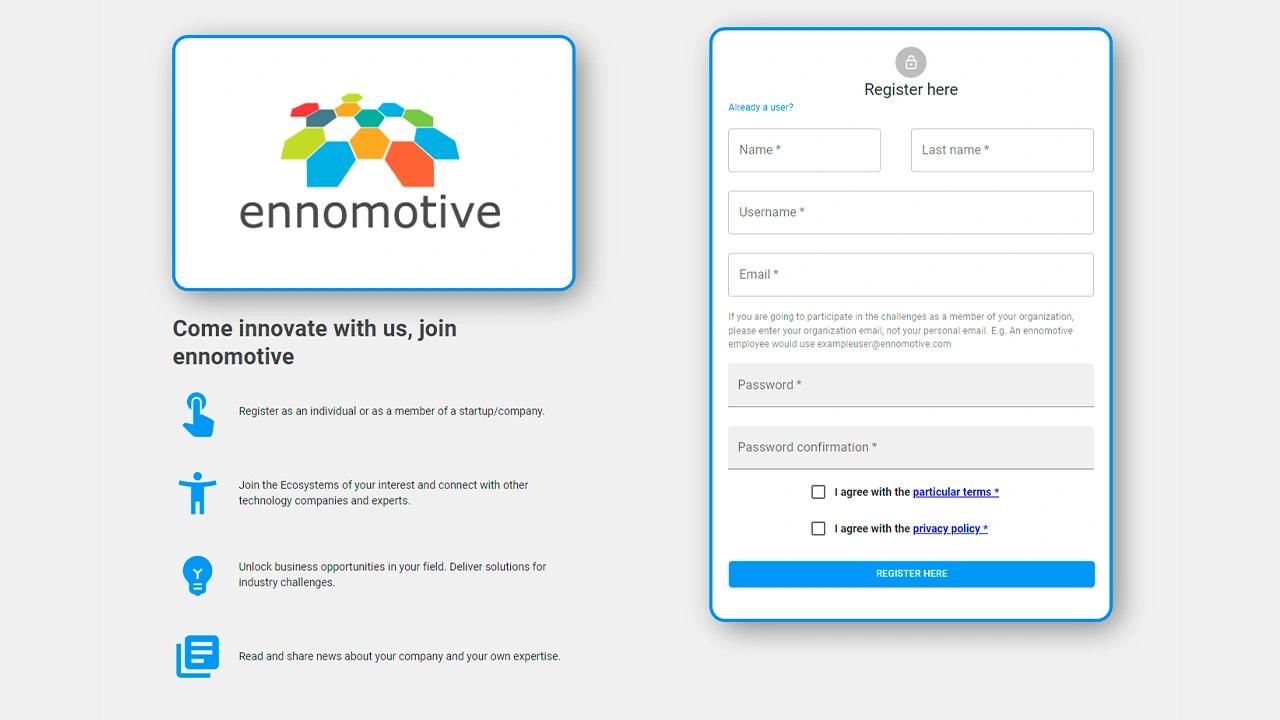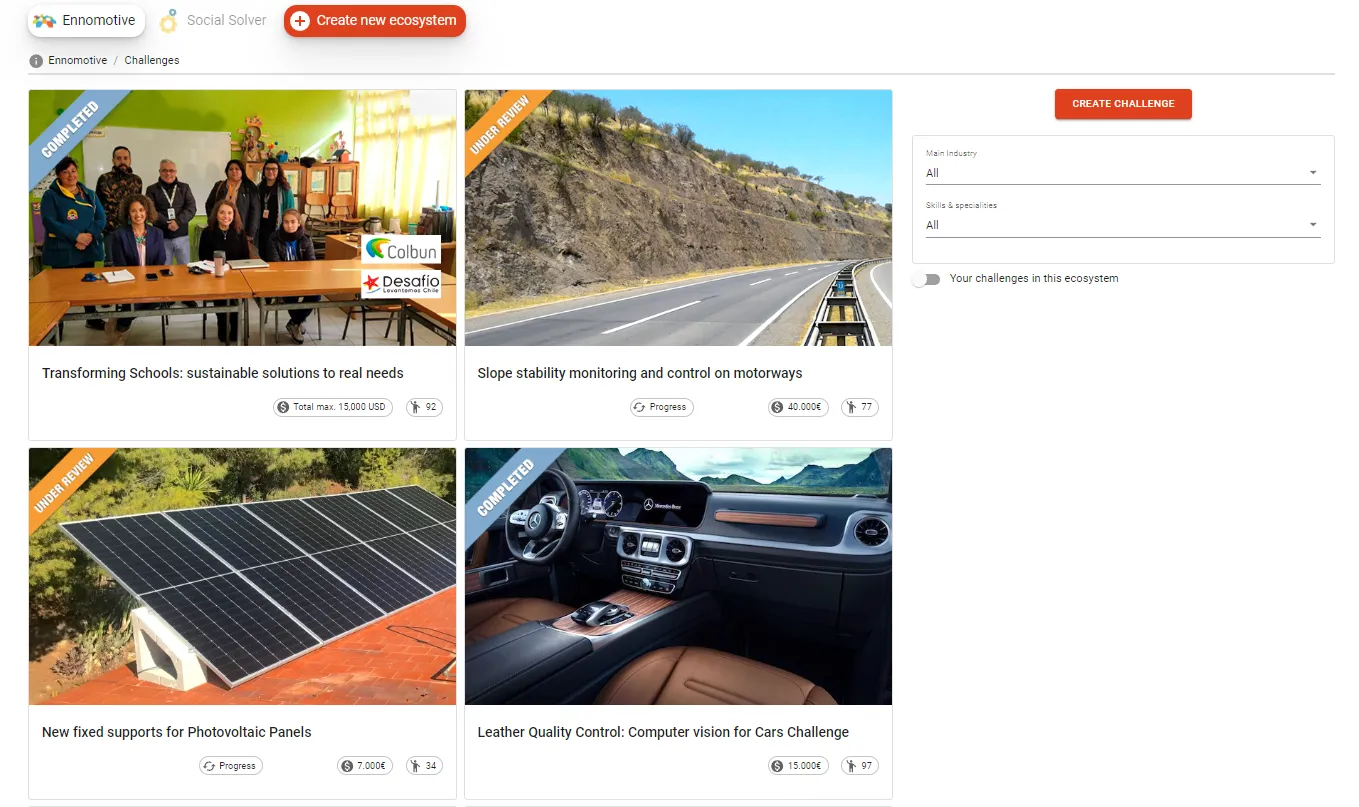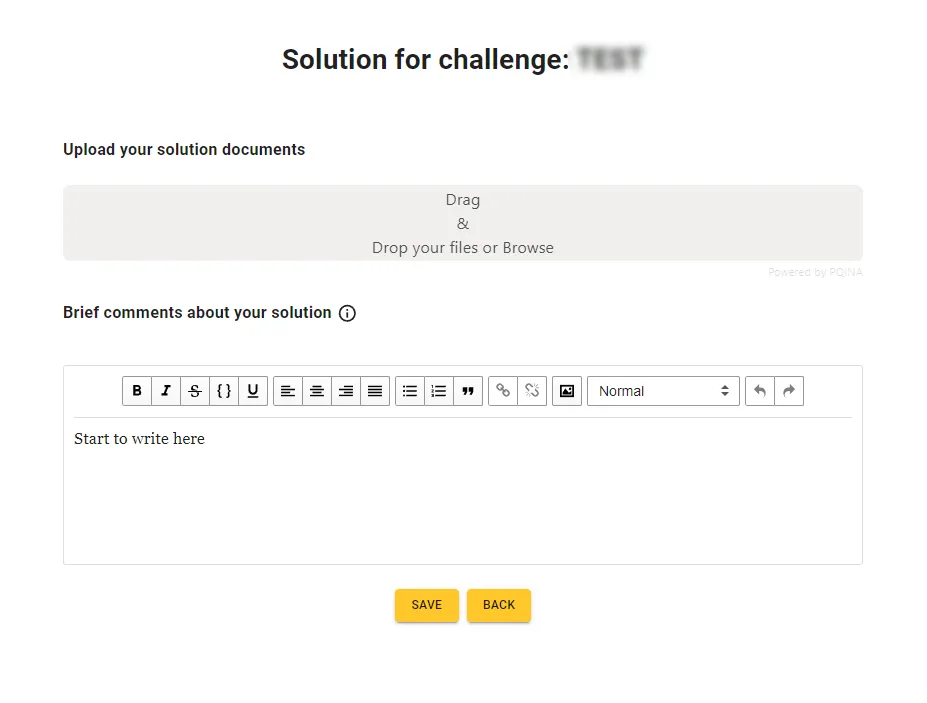Backround
Remote telecommunication sites have to ensure service is available to customers when grid power is lost, event that may be caused by an outage or for maintenance needs. Service availability during the loss of main power is currently met by the use of AGM lead batteries. Typical battery capacity may vary between 150 Ah and 190 Ah and batteries are usually arranged in 2 or 4 independent strings of 4 batteries (-54 V DC) in order to guarantee a 2h autonomy in non-critical sites and 4h in critical sites. Actual battery casing is UL94-V0 ABS with front terminals: this kind of connections is preferred because it makes easier common preventive maintenance operations such as conductivity measurements. Battery examples are Enersys PowerSafe 12V155FS or Exide M12V155FT.
Batteries and electronic equipment are installed in different kind of shelters that may be made in concrete, fiberglass or metal. The strings are arranged on racks, usually installed inside the shelter where air conditioning is present in order to ensure optimal lifetime of batteries. Shelter may have a secondary outside fence and doors are closed with customized locks for mayor security.
The use of the actual battery solution presents a series of related problems:
- Temperature in the site has to be controlled in order to ensure battery lifetime
- The high lead content is attractive for thieves, so batteries are commonly stolen and have to be replaced. When batteries are new, they are usually sold as they are but when batteries are old or simply have been damaged during the theft, they are used for recycling and lead recuperation. This has neutralized all attempts to protect the installation with systems that will damage batteries if they are not properly uninstalled.
- Batteries are not usually connected to a remote alarm system so the operator does not know the batteries have been stolen until the next power grid outage occurs
- An important part of the limited space available in the shelters has to be dedicated to batteries, reducing space available for technical equipment
The challenge
Design a solution to prevent battery theft, simple to install and maintain.
What the client is looking for
The purpose of the challenge is to find a solution that allows to:
- Prevent the risk of theft. No restrictions (apart from legal) are indicated to this point and the solution may affect batteries, battery type, battery racks, battery layout, remote alarm systems, site security, hiding and stealth solutions, …). Consider this challenge has been a severe problem for operators during decades and various solutions have been tried, so a high level of creativity is required. Nevertheless, the solution has to be very simple to install and maintain as the infrastructure maintenance is usually subcontracted to general purpose companies with high personnel rotations, meaning complex training is not at reach.
- Maintain battery expected lifetime. Longer lifetime will be a plus for the solution.
- Maintain actual reference temperature of 28ºC. Mayor temperatures or the elimination of air conditioning systems will be a plus. If air conditioning is eliminated for batteries, a system of heat extraction and ventilation for electronic equipment has to be considered as typical electronic equipment will resist high temperatures but will protect itself with an automatic shutdown if 50-55 ºC are exceeded.
- Keep battery substitution cost and time in the same order of magnitude of actual batteries. Lower cost or time will be a plus.
- Keep battery preventive maintenance cost and times in the same order of magnitude of actual batteries. Preventive maintenance usually is limited to conductivity and discharge tests. Visual inspection is required to detect battery deformation, cracks, swelling, leaks or contact oxidation. Lower cost, time or remote maintenance will be a plus.
- Keep battery space occupation in the same order of magnitude of actual batteries. The possibility of reducing the space occupied by batteries in the shelter will be a plus.
- Actual DC systems (rectifiers) won’t be changed, so the solution has to be “DC-system agnostic”.
- Ideally the new solution will be introduced when actual batteries need to be changed. The solution implementation and site adaptation cost and time have to be clearly specified.
This is a 3‐round tournament.
For the first round the following deliverables are required:
- Brief description of the proposed solution and how would it fit into the available space. If any, site requirements or restrictions for the proposal to be applied should be clearly specified.
- Diagrams and sketches of the solution, better if in 3D. Required operational and maneuvering space have to be indicated as the volume of the solution is important as well as the space that has to be reserved in the shelter for its installation, use and maintenance.
- Site adaptation and future maintenance approximated cost.
- Some feasibility evidence (e.g. similar solution in other products or countries)
For the second round the following deliverables are required:
- Full description of the proposed solution.
- Site requirements for the solution to be adopted.
- Detailed 3D diagrams, blueprints and instructions for installation and maintenance.
- Site adaptation and maintenance cost. ROI analysis.
- Feasibility evidence (e.g. similar solution in other products or countries)
- Detailed technical specification.
- If the solution exists in the market, supplier specification and market price.
- If the solution is new, target specification including mechanical and electric circuits diagrams and estimated cost.
The third round is required for the testing of the solution and possible modification in order to standardize the solution.
You can find in attachment current battery specifications.
Evaluation criteria
- Effectivity to prevent theft
- Minimum space required
- Minimum TCO (Total Cost of Ownership)
- Evidence on the robustness of the solution
- Air conditioning elimination
- Remote maintenance
Tournament structure and timing
This is a 3‐round tournament with the following timing:
- 1st round: 8 weeks to present solutions + 2 weeks for evaluation
- 2nd round: 3 weeks to present solutions + 2 weeks for evaluation
- 3rd round: 8 weeks (dependent solution provided)



